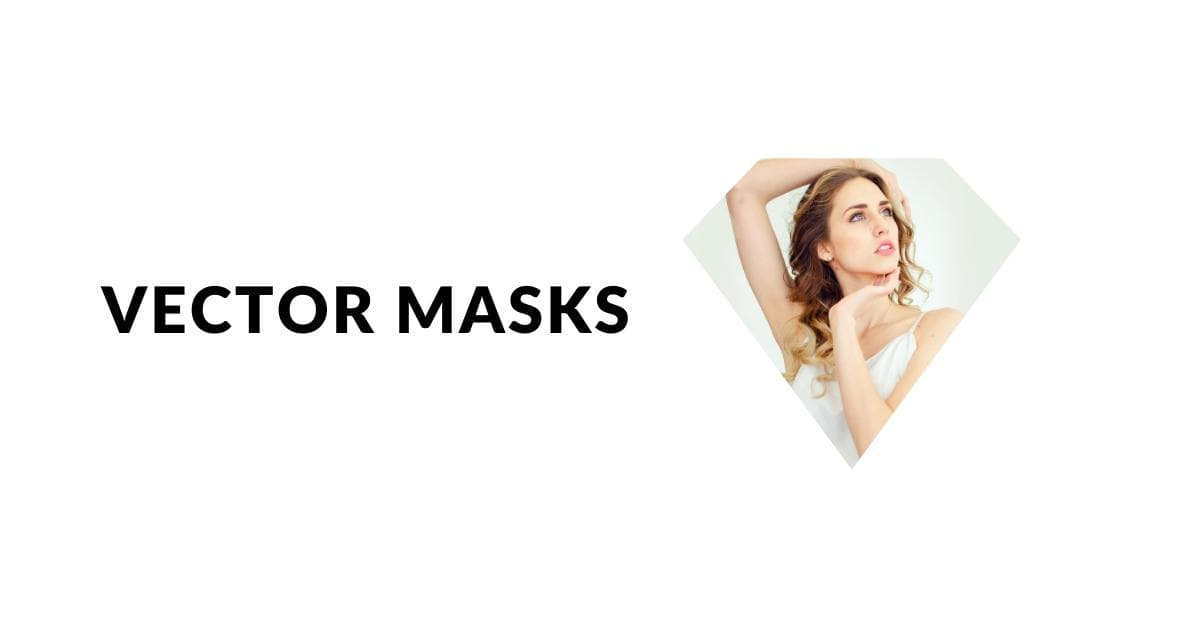Vector masks are indispensable tools in the world of graphic design. They enable designers to create clean, precise, and versatile selections and shapes in their artwork. Whether you’re a beginner or a seasoned pro, understanding vector masks is essential for achieving impeccable design results. In this article, we’ll delve into what vector masks are, how to use them effectively, and provide answers to frequently asked questions to help you master this valuable design technique.
What Are Vector Masks?
Vector masks, also known as path masks or shape masks, are an essential feature of vector-based graphic design software like Adobe Illustrator and CorelDRAW. They allow you to create precise selections and masks using vector paths, which are based on mathematical equations rather than pixel data. This means that vector masks remain crisp and sharp at any size, making them ideal for logos, illustrations, and other scalable designs.
Understanding the Basics of Vector Masks
Vector masks are created using a combination of shapes, paths, and the “mask” function. Here’s a step-by-step guide to creating and using vector masks:
- Create Your Shape: Use the Pen Tool or other shape tools to draw the vector path that defines the mask.
- Select the Shape: Click on the shape to select it.
- Apply the Mask: In your design software, use the “Create Mask” or “Clipping Mask” function. This will use the shape you created as a mask to hide or reveal portions of your artwork or other layers.
- Refine as Needed: You can modify the vector mask by adjusting the anchor points, curves, and lines to fine-tune your selection.
Benefits of Using Vector Masks
Vector masks offer several advantages for graphic designers:
- Scalability: Vector masks can be resized without losing quality, making them ideal for logos and illustrations.
- Precision: They allow for exact and clean selections, making intricate designs achievable.
- Non-Destructive Editing: You can edit or refine your vector mask at any time without altering the original artwork.
- Versatility: Vector masks can be applied to various design elements, from text to images.
FAQs
Q1: What’s the difference between vector masks and pixel masks?
A1: The primary difference is in how they are created and their scalability. Vector masks use mathematical equations to define shapes, making them infinitely scalable without losing quality. Pixel masks, on the other hand, use pixels to define shapes and can become pixelated when resized.
Q2: Can I apply a gradient or texture to a vector mask?
A2: Yes, you can apply gradients, textures, or even images to vector masks. This allows for creative and complex designs.
Q3: How do I invert a vector mask?
A3: To invert a vector mask, select the mask, go to the “Edit” menu, and choose “Invert.” This will change the areas that were previously hidden to visible and vice versa.
Q4: Can I use vector masks in Adobe Photoshop?
A4: Yes, you can use vector masks in Adobe Photoshop, but Photoshop primarily uses pixel-based masks. However, you can create vector masks within Photoshop when working with shape layers.
Q5: What’s the best way to practice using vector masks?
A5: To improve your vector mask skills, practice creating simple shapes, combining shapes, and experimenting with different blending modes and opacity settings.
Conclusion
Vector masks are essential tools for achieving precision and versatility in graphic design and photo editing. Whether you’re crafting a logo, editing an image, or creating a complex illustration, mastering vector masks is a valuable skill. By understanding the basics and practicing their use, you can unlock a world of creative possibilities in your design projects. So, go ahead and explore the power of vector masks in your next design endeavor.
This page was last edited on 20 February 2024, at 3:16 pm
